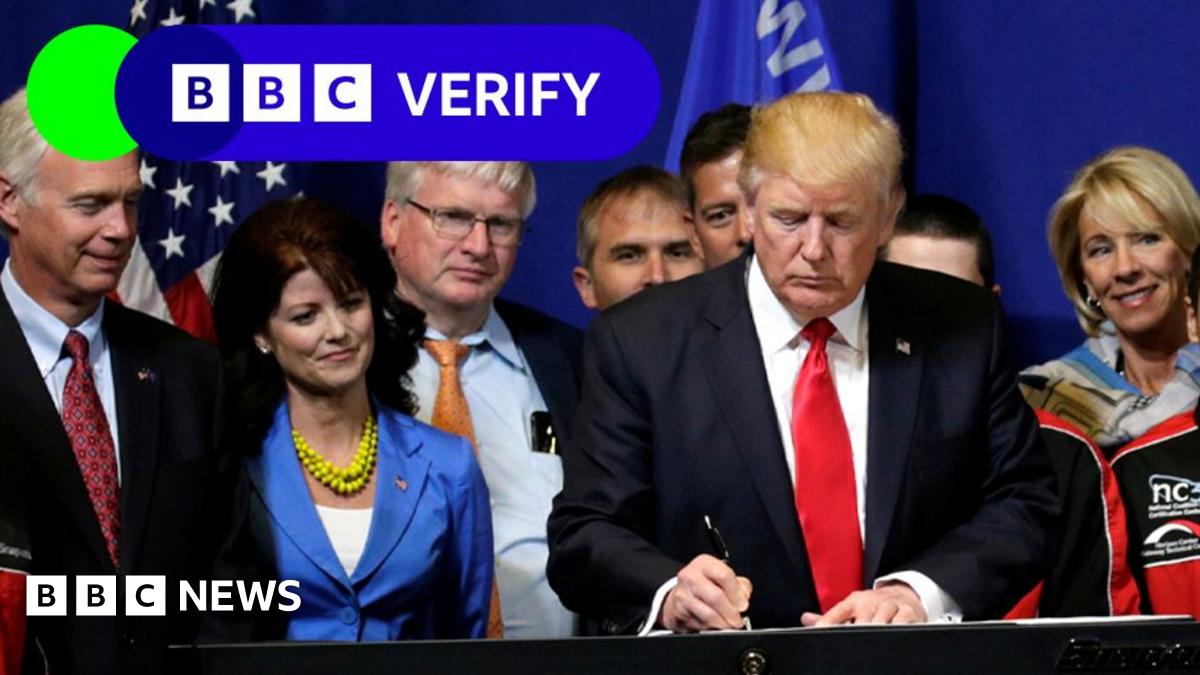Tech
What we know about H-1B visas Trump supporters are clashing over

The median yearly income of people approved to work in the US on an H-1B visa in the 2023 fiscal year was $118,000 (£94,000).
The median yearly income for people, external in computer and mathematical occupations across the US is about $113,000 (£90,000) – slightly less than those in similar sectors via the H-1B programme.
The median household income, external in the US is about $60,000 (£48,000) per year.
While opponents of the H-1B system often make the argument that H-1B holders undercut the salaries of American workers, some immigration lawyers and experts push back on that notion.
The vast majority of H-1B holders earn more than the “prevailing wage” for their occupation – a Department of Labor-determined figure that calculates the average wage paid to similarly employed workers in a particular part of the country.
Shev Dalal-Dheini, senior director of government relations at the American Immigration Lawyers Association, told the BBC that, while prevailing wages “are not a full labour market test”, they are indicative of the fact that H-1B visa holders aren’t negatively affecting the rest of the workforce.
“Let’s say you’re a software engineer in Washington DC. You look at the going rate for software engineers in DC, and you have to certify that you’re paying at least that amount,” says Ms Dalal-Dheini, who also worked on H-1B issues while as an official at USCIS.
“You’re not really undercutting wages that way.”
Additionally, Ms Dalal-Dheini says that US firms must also pay significant fees to file H-1B petitions, often in addition to lawyer fees.
“Companies that end up sponsoring H-1B [recipients] are looking at costs of up to $5,000 to $10,000 in addition to what you would have to pay an American worker,” she says.
“The bottom line is that if they could find an American worker that was qualified, most companies would probably choose to hire that American worker, because it would be a cost savings.”










